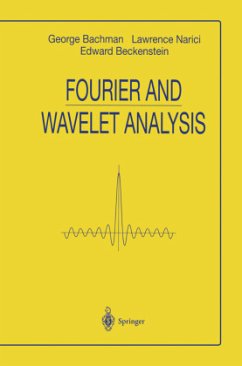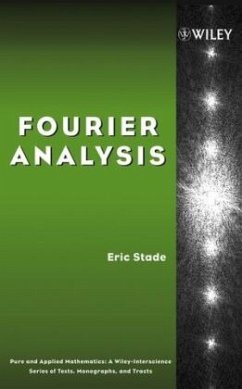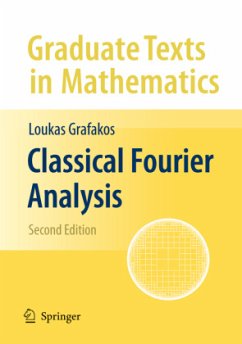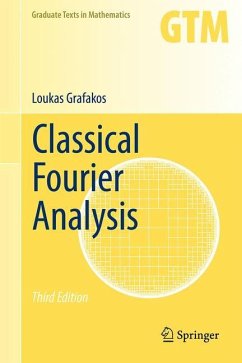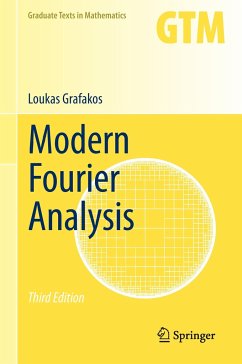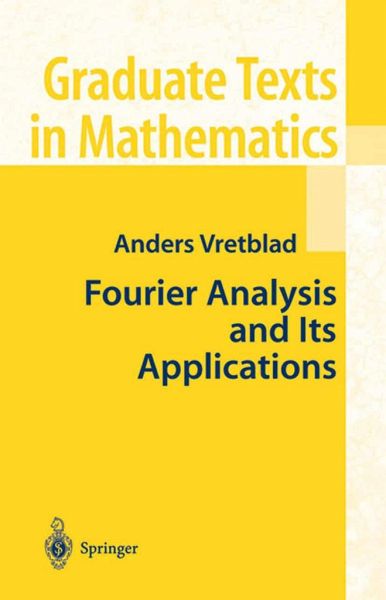
Fourier Analysis and Its Applications

PAYBACK Punkte
20 °P sammeln!
TheclassicaltheoryofFourierseriesandintegrals,aswellasLaplacetra- forms, is of great importance for physical and technical applications, and its mathematical beauty makes it an interesting study for pure mathema- cians as well. I have taught courses on these subjects for decades to civil engineeringstudents,andalsomathematicsmajors,andthepresentvolume can be regarded as my collected experiences from this work. There is, of course, an unsurpassable book on Fourier analysis, the tr- tise by Katznelson from 1970. That book is, however, aimed at mathem- ically very mature students and can hardly b...
TheclassicaltheoryofFourierseriesandintegrals,aswellasLaplacetra- forms, is of great importance for physical and technical applications, and its mathematical beauty makes it an interesting study for pure mathema- cians as well. I have taught courses on these subjects for decades to civil engineeringstudents,andalsomathematicsmajors,andthepresentvolume can be regarded as my collected experiences from this work. There is, of course, an unsurpassable book on Fourier analysis, the tr- tise by Katznelson from 1970. That book is, however, aimed at mathem- ically very mature students and can hardly be used in engineering courses. Ontheotherendofthescale,thereareanumberofmore-or-lesscookbo- styled books, where the emphasis is almost entirely on applications. I have felt the need for an alternative in between these extremes: a text for the ambitious and interested student, who on the other hand does not aspire to become an expert in the ?eld. There do exist a few texts that ful?ll these requirements (see the literature list at the end of the book), but they do not include all the topics I like to cover in my courses, such as Laplace transforms and the simplest facts about distributions.






